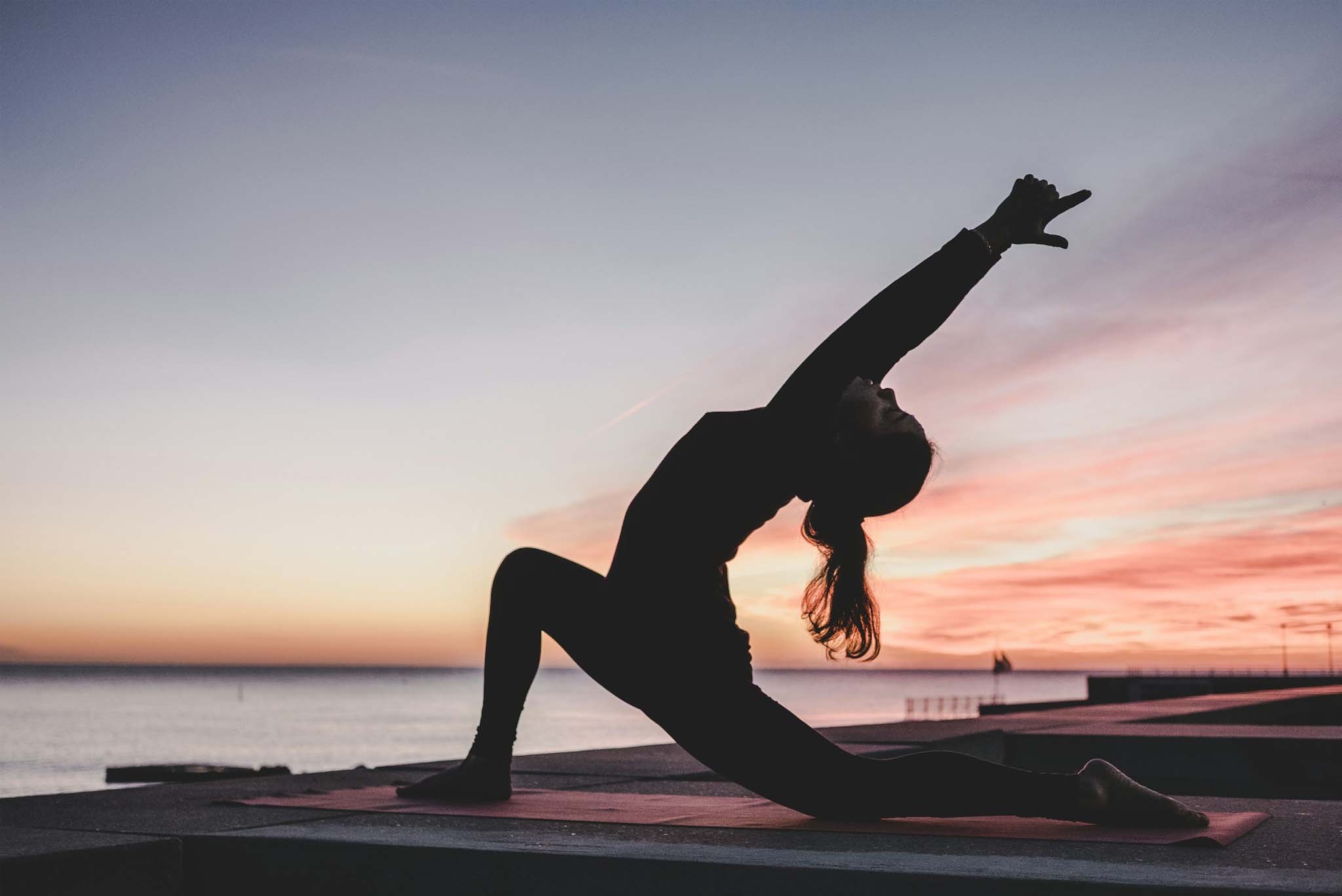In the quest for a restful night’s sleep, many find themselves trapped in a cycle of sleeplessness, turning to medications or other temporary fixes. However, yoga offers a natural and effective alternative. With its blend of physical poses, breathing exercises, and meditation, yoga can significantly improve sleep quality. This blog explores yoga’s role in promoting better sleep, highlighting specific relaxation techniques that can be incorporated into your nightly routine.
Understanding Sleep and Yoga’s Role
Poor sleep can stem from various factors, including stress, anxiety, and physical discomfort. Yoga addresses these issues holistically, calming the mind, relieving tension in the body, and setting the stage for deeper, more restorative sleep.
Yoga Poses for Relaxation
Certain yoga poses have a particularly soothing effect on the body and mind, making them ideal for a pre-sleep routine:
- Viparita Karani (Legs-Up-The-Wall Pose): This gentle inversion helps to relieve tired legs and feet, calm the nervous system, and reduce stress, making it easier to fall asleep.
- Supta Baddha Konasana (Reclining Bound Angle Pose): This pose opens up the hips and chest, encouraging deep relaxation throughout the body.
- Balasana (Child’s Pose): A comforting pose that promotes relaxation and stress relief, perfect for winding down before bed.
Breathing Exercises for Sleep
Pranayama, or yogic breathing, can also play a crucial role in preparing the body and mind for sleep:
- Anulom Vilom (Alternate Nostril Breathing): This technique calms the mind, balances the left and right hemispheres of the brain, and helps to alleviate stress.
- Bhramari Pranayama (Bee Breath): The humming sound produced during this breathing exercise has a natural calming effect on the mind, reducing anxiety and facilitating a peaceful state conducive to sleep.
The Power of Yoga Nidra
Yoga Nidra, or yogic sleep, is a deep relaxation practice that guides you to the edge of sleep, where the body finds its natural state of equilibrium. Practicing Yoga Nidra can improve sleep quality, reduce stress, and enhance overall well-being.
Tips for Incorporating Yoga into Your Nightly Routine
To harness yoga’s sleep-enhancing benefits, consider the following tips:
- Create a Calming Environment: Set up a peaceful space for your practice. Dim the lights, consider using essential oils like lavender for relaxation, and ensure the area is free from distractions.
- Practice Regularly: Consistency is key. Try to incorporate these yoga practices into your nightly routine to see the best results.
- Listen to Your Body: Choose poses and breathing exercises that feel good to you. Yoga should never cause discomfort, especially before bedtime.
- Limit Screen Time: To enhance the effects of your yoga practice, try to reduce exposure to screens and electronic devices at least an hour before bed.
Conclusion
Yoga offers a holistic approach to improving sleep quality, addressing the physical, mental, and emotional factors that can interfere with restful sleep. By incorporating specific poses, breathing exercises, and relaxation techniques into your nightly routine, you can create the ideal conditions for deep, rejuvenating sleep. Not only does yoga help in achieving better sleep, but it also enhances overall health and well-being, making it a valuable practice for anyone looking to improve their quality of life.




